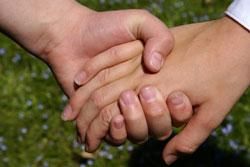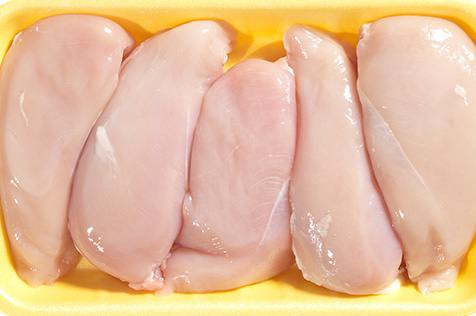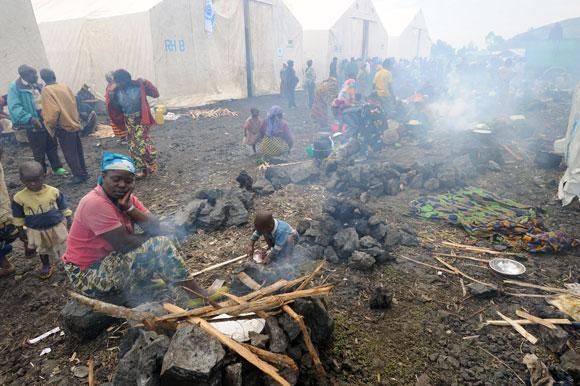This topic takes on average 55 minutes to read.
There are a number of interactive features in this resource:
 Biology
Biology
Pathogens are all around us in the environment every day. Soil contains millions of bacteria per cubic centimetre, fungal spores are in the air that we breathe and microorganism are deposited when pets or people touch surfaces like tables or kitchen work-tops.
There are lots of different ways in which pathogens can be spread to cause disease.
| Droplet infection (though the nose) |
When you cough, sneeze or talk tiny droplets fly out of your mouth and nose. If you have an infection, those droplets will contain microorganisms. Other people breathe in the droplets, along with the viruses or bacteria they contain. Diseases such as flu (influenza), tuberculosis and the common cold are spread in this way |
Photo courtesy of CDC |
| Direct contact (eg reproductive organs) |
Some diseases are spread by direct contact of the skin eg athletes foot and some sexually transmitted diseases like genital herpes |  |
| Contaminated food (through the mouth) |
Eating raw or undercooked food, or drinking water contaminated by sewage means you take large numbers of microorganisms straight into your gut eg cholera (contaminated water), Salmonella (contaminated food) |  |
| Contaminated water (through the mouth) |
Drinking water contaminated by sewage means you take large numbers of microorganisms straight into your gut eg cholera and amoebic dysentery. Anywhere without proper sewage treatment and disposal is at risk of these diseases. |  |
| By body fluids (through breaks in the skin) |
Pathogens can enter the body from body fluids such as blood and semen and through fresh, bleeding cuts and scratches as well as through needle punctures. For example HIV/AIDS, hepatitis. |
Photo courtesy of AVERT |
| Vectors (usually through the skin or through the mouth) |
A vector is an animal which spreads disease-causing organisms from one host to another without suffering any harm itself. Vectors include mosquitoes (malaria) and houseflies (dysentery). |
Photo courtesy of CDC/Dr William Collins |

Natural disasters mean many different ways of spreading pathogens all come together to cause a major health risk.
This may cause more deaths than the original disaster
Courtesy of Julien Harneis
In shanty towns and slums around the world, and wherever there is a natural disaster, you find many of the conditions which lead to the easy spread of disease.